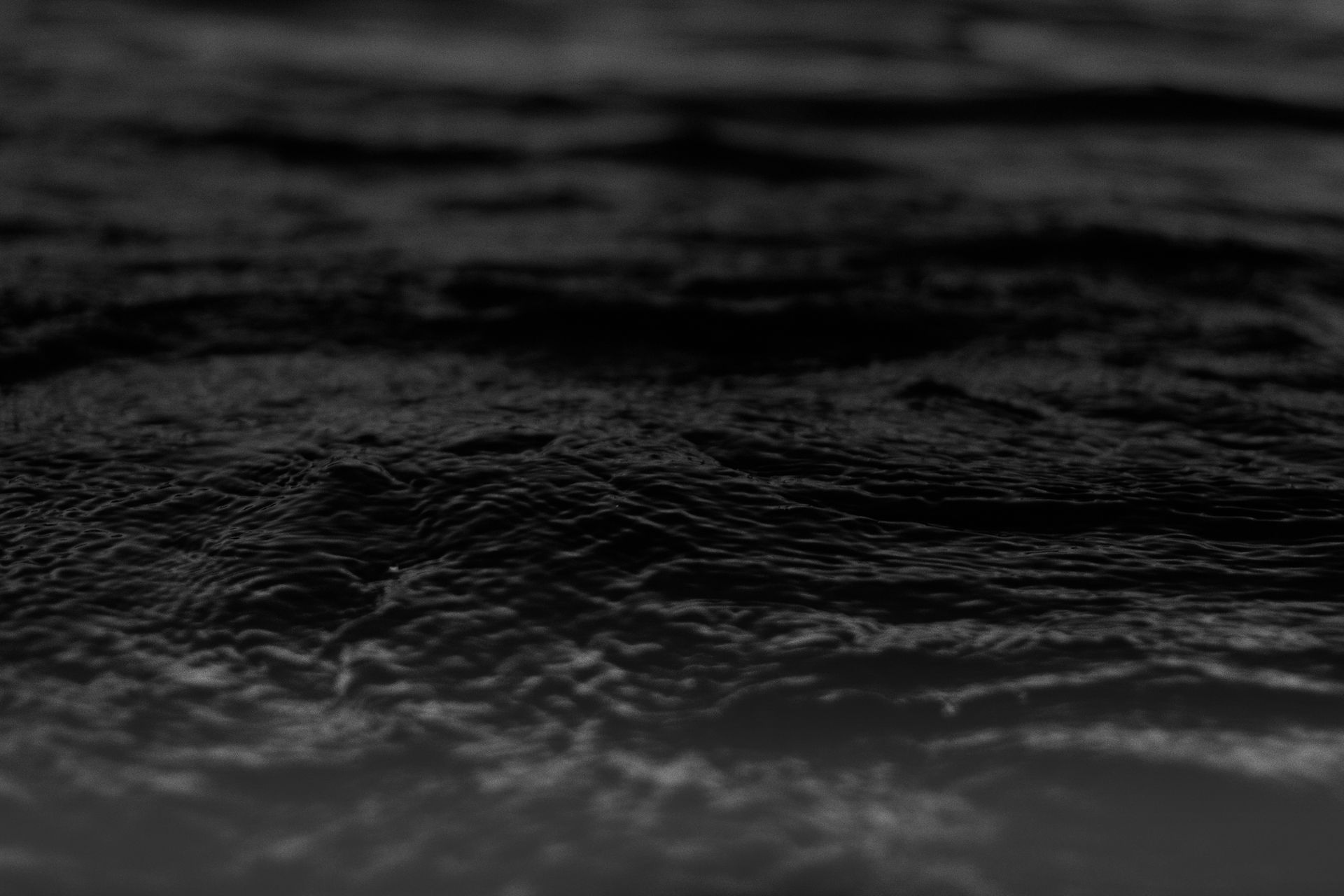When recording acoustic guitar the options can be sometimes overwhelming when trying to figure how to mic it up and get the best sound out of your recording. In this blog post we will take you through some of the best options to get the most out of your acoustic recording whether you’re using one mic or multiple.
One Mic Setup:

If you only have one mic, you can use this technique to get an accurate sounding acoustic recording, point the mic at the point where the neck meets the body at a distance of approximately 6-12 inches away. It will pick up the best of what can be recorded with one mic. If you do set up more mics, this can add ambience to your mix or some extra space to the acoustic performance. Additionally, with more microphones you can solo any of those mics to be room mics, if the mid-side (we go over this later) is set up you can use the mid mic, which is best suited for getting a good room sound.
Two Mic Setup:
The Neck and The Bridge:

Using two microphones on an acoustic guitar, one of the best options for getting the most sound from the acoustic guitar is to mic the bridge. In order to do this you want to use a small diaphragm microphone and angle it so that it is pointing at the bridge but not getting the player's arm in the way. The microphone should be about six to twelve inches away from the guitar. The bridge mic will give you a lot more body, sonically.

Often mic’d in tandem with the bridge, the neck is another position you should use to get the most sound from the guitar. This position will pick up more string sound than the bridge as well as more of an emphasis on the high-end . You will want to use a small diaphragm microphone and point it at around the seventh to twelfth fret and keep it about six to twelve inches away from the guitar. Using both the neck and bridge mics is one of my favorite setups for recording acoustic guitar, it sounds the most natural and gives a wide range of frequencies.
XY:

This technique will allow you to create more stereo space from your recording. Take two small diaphragm microphones and place the diaphragms as close together as possible without touching. Place them so they are forming 90 degree angles with each other but 45 degree angles with the guitar. Have them set up about 6-12 inches away pointing at where the neck meets the body. Another one of my favorites right next to the neck/bridge setup that we previously mentioned.
Other:
DI:

If the guitar has it, capturing the guitar directly with a DI is always a good option. It provides flexibility and more sonic options. The DI will also give you a more percussive pick sound, string sound and more high end.
Over the Shoulder:

Another great option for blending in later in the mix is to place a microphone by the musician’s ear to pick-up what the player is hearing. This is a technique I find to be under utilized and provides a unique perspective. Once again a small diaphragm microphone is optimal for picking up the transients from the guitar. You want to angle the mic to be right around where the player’s ear would be.
Mid-Side:

One of the more complicated microphone setups, you will need two microphones for this. First a microphone that has a figure 8 polar pattern and position it about 12-24 inches away perpendicular to the guitar. Second you will need a regular cardioid mic and have that placed directly in the center of the figure 8 polar pattern of the other mic. In your DAW you will need to have three tracks one for each side of the figure 8 and one for the regular cardioid mic. Next, phase invert one of the figure 8 mic’s tracks and pan one to the left and one to the right. This setup will help artificially increase the space the guitar takes up and will make it sound larger.
Headstock:

This microphone option is not as pivotal as others listed before but it can add more harmonics to the mix. Additionally, it will provide more string sound and more high-end as well as additional overtones. For this setup you will want to use a small diaphragm mic and point it down the headstock toward the string and position it about 6-12 inches away.
Behind the Body:

If you’re looking for more low-end then this option will help bring that out of your acoustic guitar. Much like the headstock, this microphone setup gives you more to add to and blend into the mix later to add more body to the track. Place a large diaphragm condenser microphone behind the body of the guitar about 6-12 inches away. This will capture more of the low end that is cast off from the body of the guitar.
Conclusion:
Whether you're recording with one mic or numerous there are great options out there for setting up your mics to get the best sound possible. If you desire more options you can setup all of these or less depending on what sound you are looking for, there are endless opportunities when it comes to what you can do while recording. The only limit is yourself.
Here is a final sound clip of a combination of all the mics that we covered today - blended together to taste.
Do you want to take your tracks to the next level? You can get your tracks mixed and mastered at my studio! Just click below to find out more.

Comments